Losing teeth can quietly affect your life — from uncomfortably chewing to under-confidently smiling. Prosthetic dentistry focuses on replacing missing teeth and restoring oral function through customized dental prostheses such as dentures, bridges, and other advanced restorations. It is a segment of dental care dedicated to beautifully and functionally restoring your smile.
Redesigning Smiles with Modern Dental Prosthetics
Whether tooth loss occurs due to decay, injury, or aging, our dental clinic in Kolkata offers comprehensive prosthetic solutions to rebuild your bite, improve appearance, and bring back everyday comfort.
PROSTHETIC DENTISTRY
Fixed Partial Denture
Fixed Partial Dentures (Bridges): Ideal for replacing one or more missing teeth.
When some natural teeth are still present in the upper or lower jaw, partial dentures are often used to fill the gaps.
How it works:
- The adjacent teeth are reshaped and crowned to support the bridge. (e.i. A fixed partial denture, commonly known as a bridge, replaces missing teeth by crowning the adjacent teeth and attaching prosthetic teeth between them.)
- Artificial teeth (pontics) are securely attached between the crowns.
- The entire structure is cemented in place for lasting stability and function.
Benefits:
- Permanently replaces missing teeth.
- Restores natural appearance and chewing ability.
- Prevents shifting of remaining teeth.
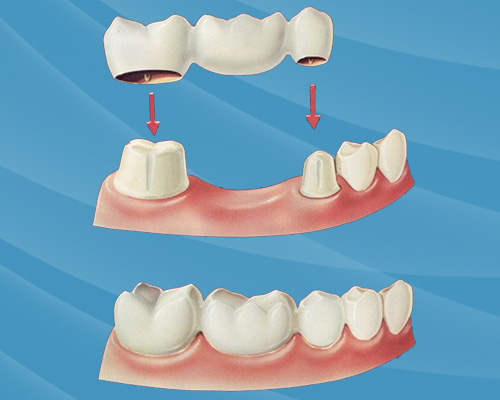
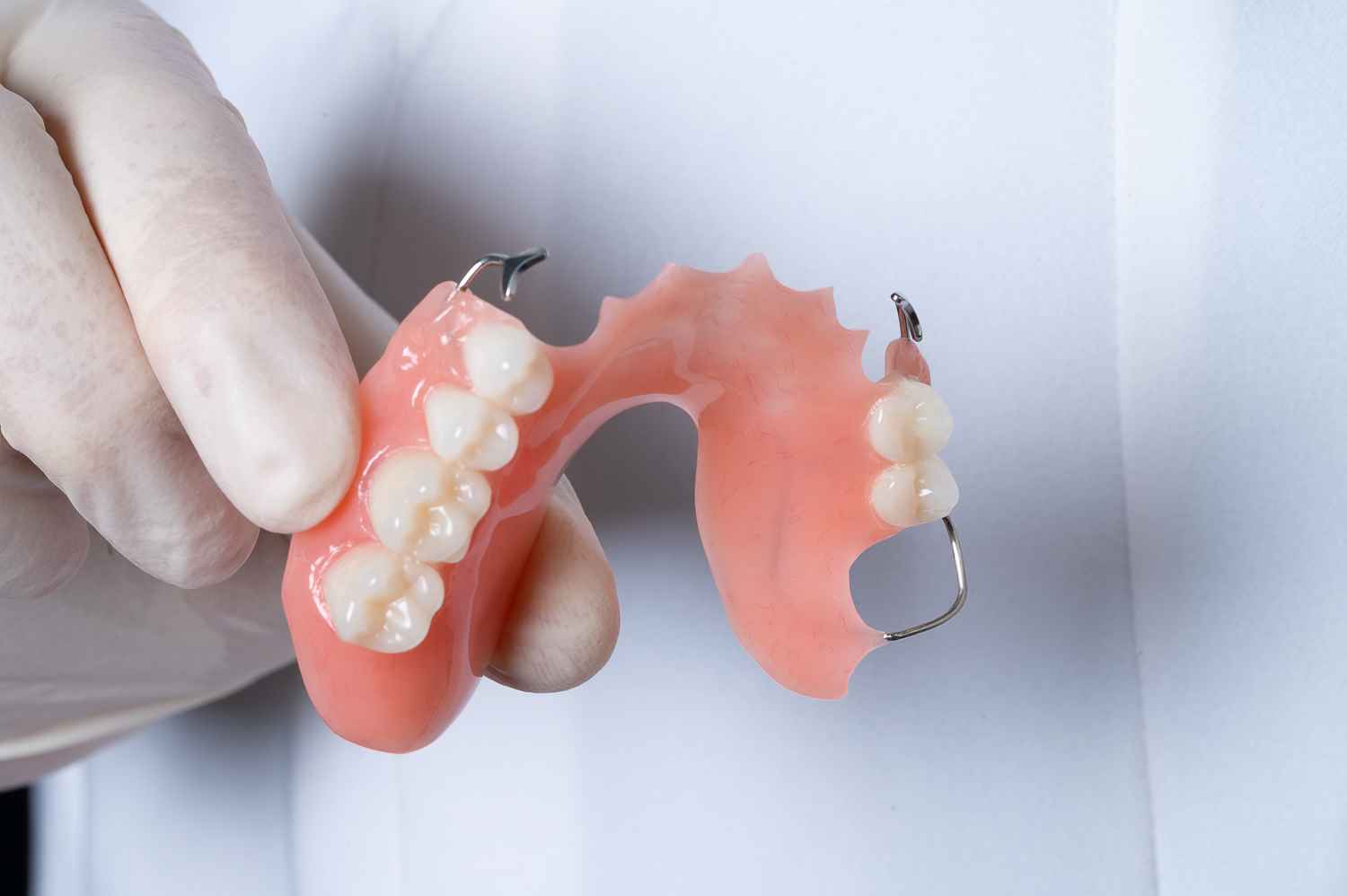
PROSTHETIC DENTISTRY
Acrylic Partial Denture
Acrylic Partial Dentures: Affordable and lightweight, perfect for partial tooth replacement.
The prosthetic consists of a gum-colored acrylic base with flexible dentures connected as fake teeth.
Features:
- Made from durable acrylic material that blends naturally with gums.
- Metal clasps may be added for better grip and support.
- Offers flexibility and comfort for daily wear.
Best suited for:
- Replacing one or more missing teeth.
- Patients seeking an affordable and functional solution.
Fixed acrylic partial dentures for seniors typically have metal clasps that secure them to neighbouring teeth, in contrast to acrylic removable partial dentures.
PROSTHETIC DENTISTRY
Flexible Denture
Flexible Dentures: For a comfort fit and to adapt to mouth movements.
Made from soft, flexible material, flexible dentures provide a snug fit. They are lightweight, durable, and can be used to replace missing or lost teeth.
Advantages:
- Softer and more comfortable than acrylic dentures.
- Less likely to cause irritation or sore spots.
- Aesthetic design blends seamlessly with natural gums.
These dentures are especially suitable for patients with sensitive gums & those seeking enhanced comfort and aesthetics.
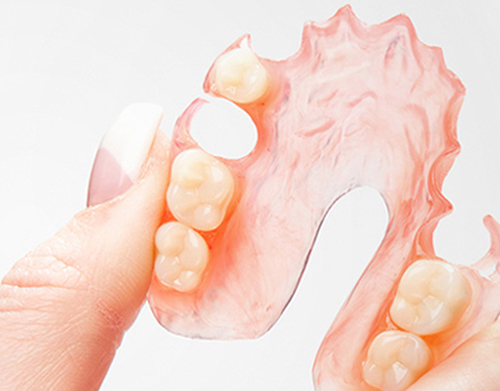
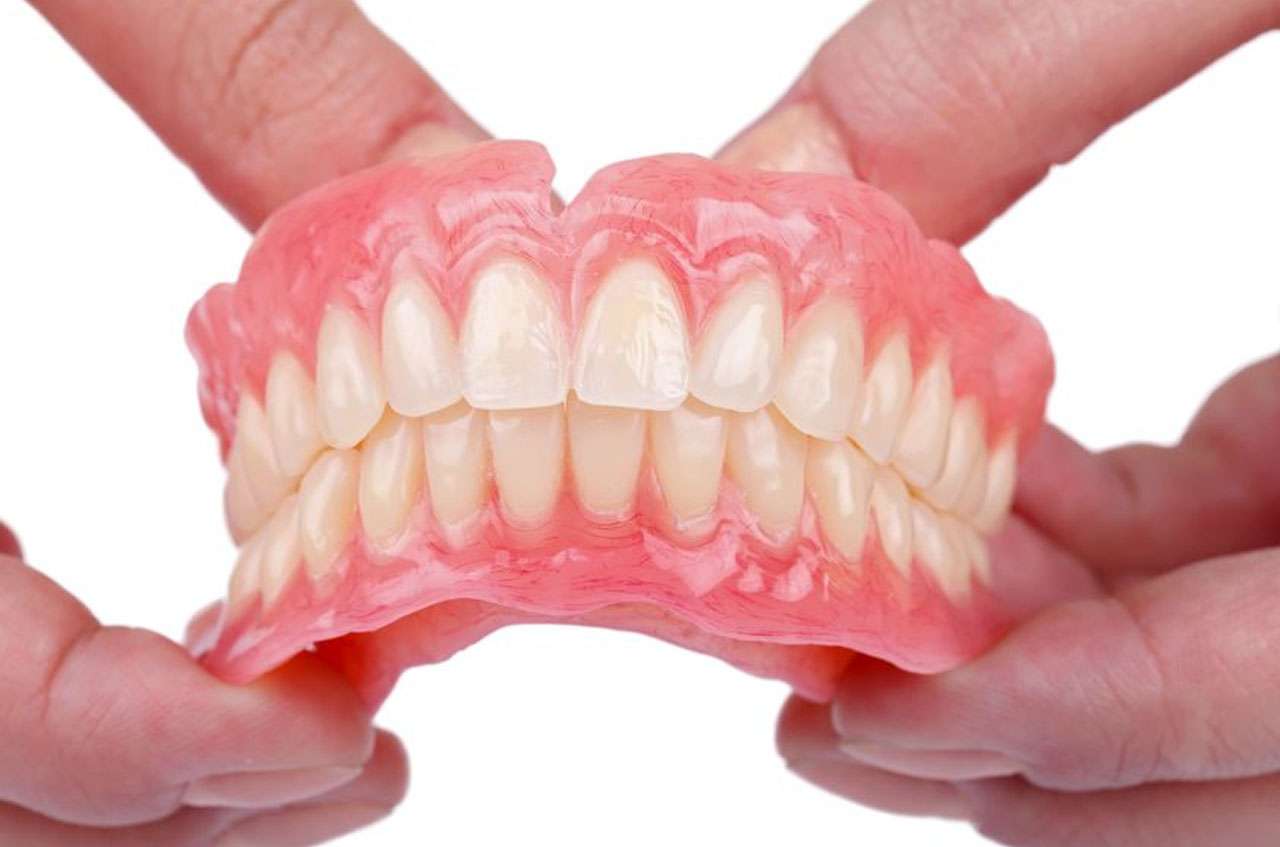
PROSTHETIC DENTISTRY
Removable Dentures
Removable Dentures: Convenient, easy-to-maintain dentures
Removable partial dentures (RPDs) are designed for patients who have lost several teeth but still have some remaining. They can be easily removed for cleaning and are a cost-effective alternative to fixed bridges.
Ideal for patients who:
- Lacks the necessary supporting teeth for a fixed bridge.
- Prefer a budget-friendly tooth replacement option.
- Want improved chewing, speech, and smile aesthetics.
PROSTHETIC DENTISTRY
Complete Denture
When all teeth in a jaw are missing and a prosthetic replacement is needed, a complete denture is recommended. Also called a full denture, false teeth, or plate, it replaces an entire arch of teeth, restoring facial appearance, speech, and chewing ability.
Key features:
- Custom-made to fit your gum contours perfectly.
- Fully supported by the gums and underlying tissues.
- Provides a natural-looking and functional smile.
The opposing arch may consist of natural teeth, a partial or complete denture, fixed appliances, or sometimes soft tissues.
Whether it’s your upper, lower, or both arches, complete dentures offer an effective full-mouth restoration option in prosthetic dentistry in Kolkata.
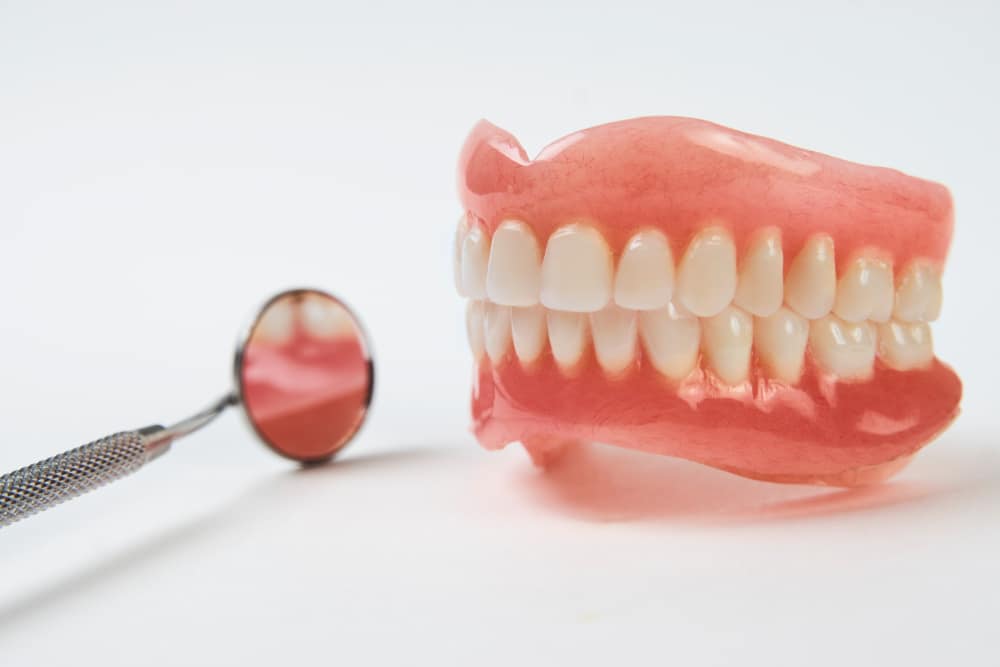
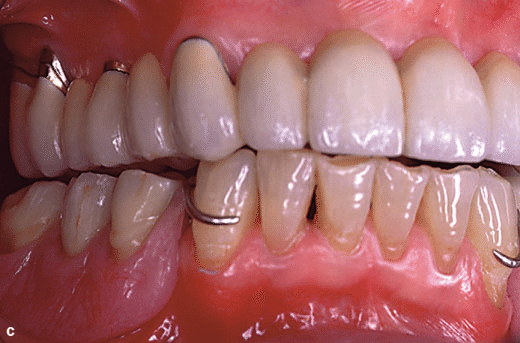
PROSTHETIC DENTISTRY
Maxillofacial Prosthesis
Maxillofacial Dentures: Dental prosthetic devices designed for complex facial or jaw restorations.
A maxillofacial prosthesis restores missing or damaged oral and facial structures caused by trauma, surgery, or congenital conditions. It helps improve both function and aesthetics for patients recovering from complex conditions.
Purpose and benefits:
- Restores vital oral functions like chewing, swallowing, and speech.
- Reconstructs missing bone or soft tissue for improved facial harmony.
- Provides psychological and cosmetic support for overall well-being.
Each prosthesis is custom-designed for comfort, precision, and natural appearance, ensuring you regain both confidence and quality of life.
PROSTHETIC DENTISTRY
The Treatment Process of Prosthetic Dentistry in Kolkata
- Impressions: Accurate digital or manual impressions of your mouth.
- Trials & Fittings: Multiple trials ensure perfect fit and bite alignment.
- Adjustments: Fine-tuning for maximum comfort and performance.
As the best dental clinic in Kolkata, we’re pleased to provide high-quality acrylic, metal, and hybrid materials to craft each prosthesis with precision. Every piece is custom-designed to match your natural teeth, ensuring optimal comfort, functionality, and aesthetics.

Advantages of Prosthetic Dentistry
- Restores proper chewing and speech
- Enhances facial aesthetics and confidence
- Prevents bone resorption and bite imbalance
- Improves oral function and overall health
Relive the joy of a confident, functional smile with Prosthetic Dentistry in Kolkata at Precision Dental & Implant Centre — here every smile is custom-crafted with care.

